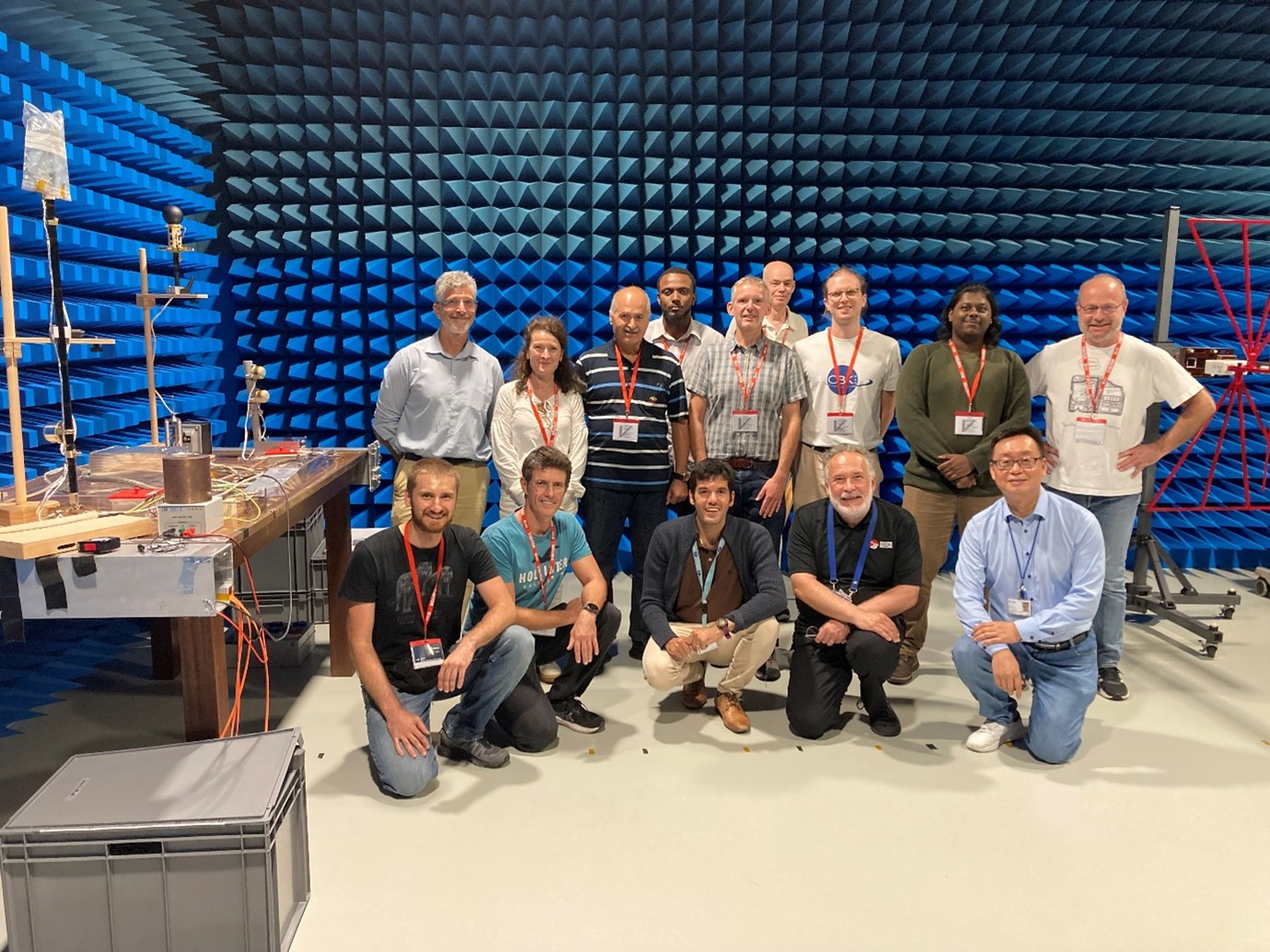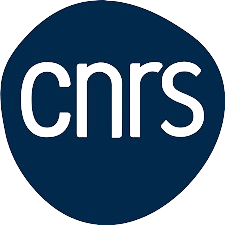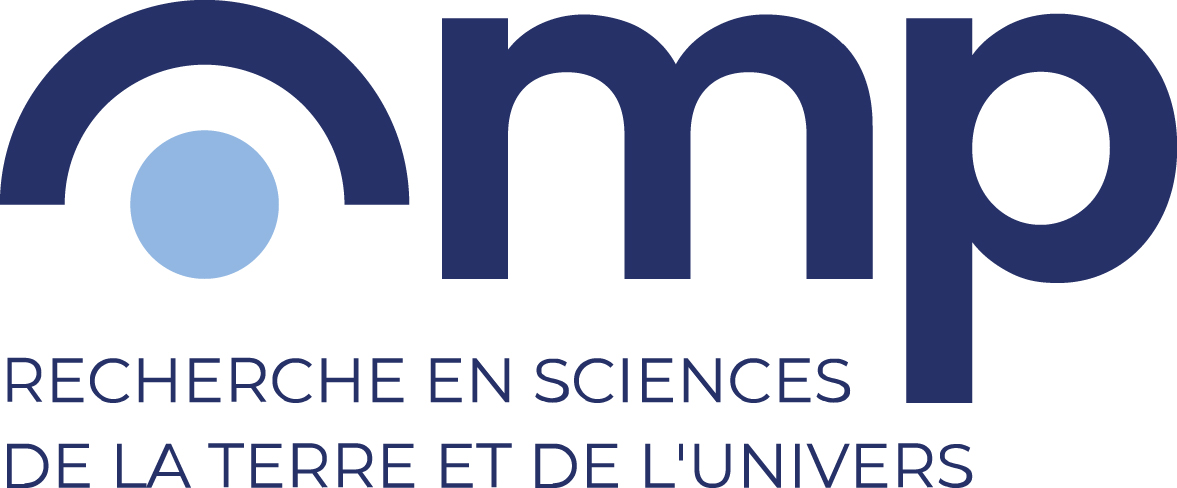Successful EMC campaign of the Comet Interceptor DFP instrument suite at ESTEC
During two weeks in September 2024, a team of up to 14 people representing the DFP consortium was present in ESTEC to run a complete ElectroMagnetic Compatibility (EMC) test campaign on the Engineering Model (EM) units.
The test was performed in an anechoic chamber, part of the ESA TEC EMC facilities. The extensive test campaign performed comprised the whole set of tests needed to ensure the electromagnetic compatibility of DFP including that of the LEES (Low-Energy Electron Spectrometer) built by IRAP, in line with Comet Interceptor needs, including grounding, conductive, radiated, ESD (Electrostatic discharge) and magnetic tests.
The test was conducted successfully and demonstrates the capability of DFP to operate according to the EMC requirements imposed by platform and payload, as required to achieve the mission objectives. The test results provide DFP team with confidence to move forward with the manufacturing of the flight units.

The DFP Team in action in the anechoic chamber of ESTEC
Further Resource
- ESA Press Release : Comet Interceptor : Testing the Development Models
IRAP Contacts
- LEES EMC tests participants : Carine AMOROS, Bruno MOUTOUNAICK, Jean-Louis ESPAIGNOL
- LEES manager, Christophe VERDEIL, christophe.verdeil@irap.omp.eu
- LEES scientific principal investigator: Nicolas ANDRE (IRAP, nicolas.andre@irap.omp.eu and nicolas.andre@isae-supaero.fr






